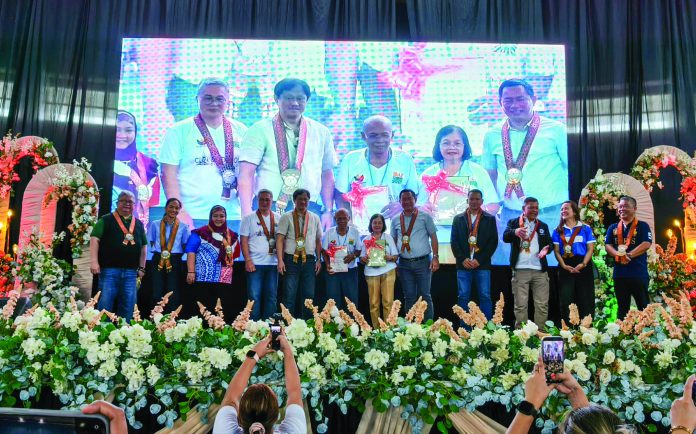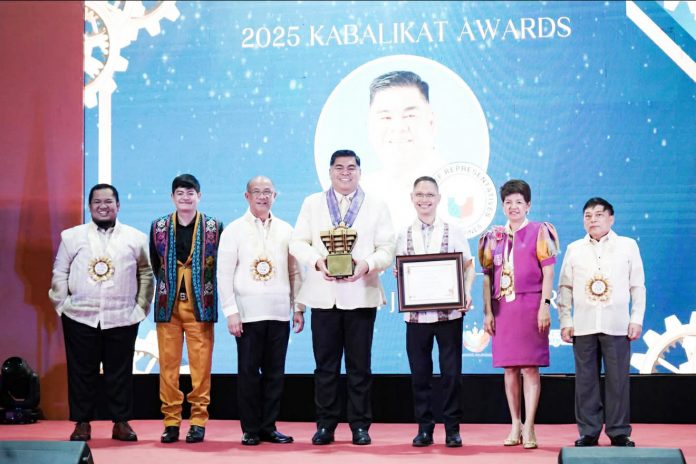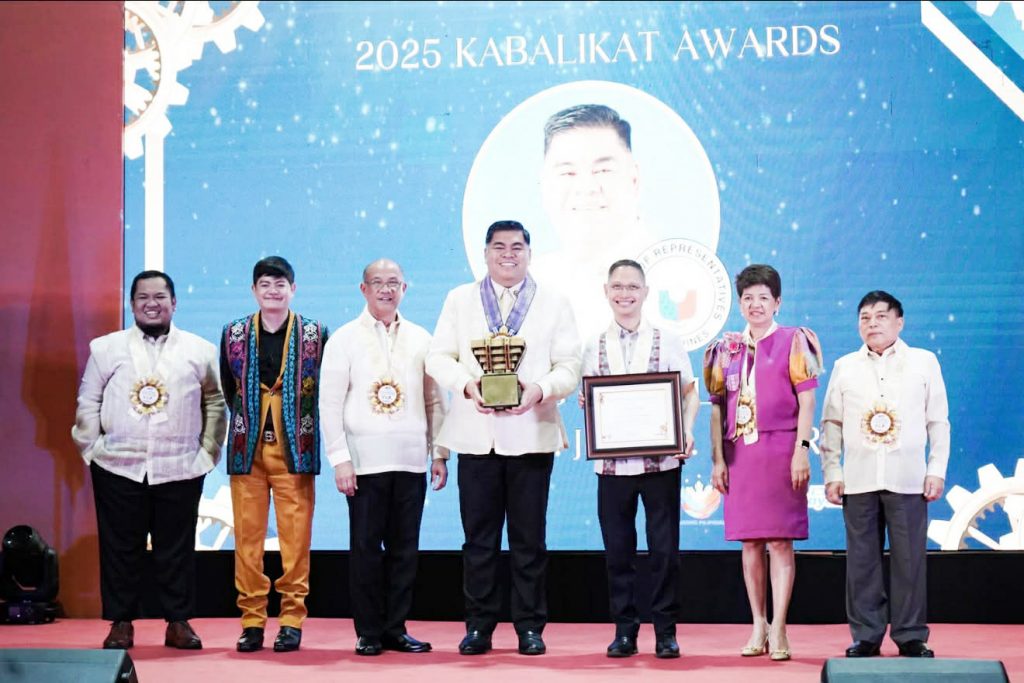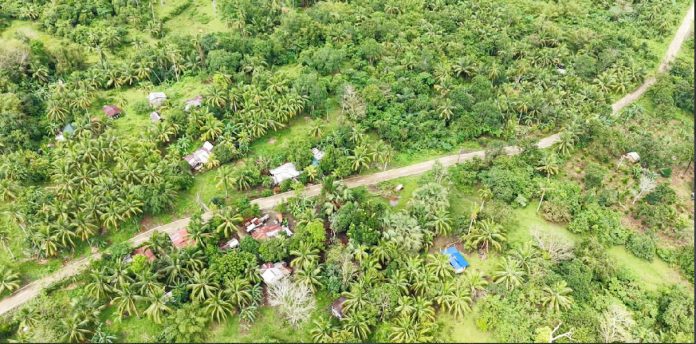
TACLOBAN CITY – Agrarian reform beneficiaries (ARBs) from across Eastern Visayas received a major boost after the Department of Agrarian Reform (DAR) rolled out P50 million worth of assistance—including farm machineries, e-titles, and Certificates of Condonation with Release of Mortgage (COCROM)—in a regional awarding held at the Tacloban City Astrodome on Tuesday, Nov. 25.
DAR Secretary Conrado Estrella III personally led the distribution ceremony attended by ARBs from the six provinces of the region.
A total of 88 farm machineries and equipment were turned over to agrarian cooperatives and organizations in Samar, Northern Samar, Eastern Samar, Leyte, Southern Leyte, and Biliran. The machines distributed included elf trucks, three-wheeled motorcycles, tractors, mobile rice mills, floating tillers, and rice threshers with blowers.
One of the beneficiaries, Armando Orale, president of the Far East Farmers Agrarian Reform Cooperative in Can-avid, Eastern Samar, said the assistance will directly ease farm labor and improve productivity for their more than 40 members cultivating individual farms and a five-hectare communal lot planted to rice, vegetables, and root crops.
Orale shared that they previously relied on manual labor but took the initiative to request assistance from DAR—an appeal that was granted through the newly awarded equipment.
“Now that we have machineries, this will help us hasten our work on the farm, which will benefit not only our families but also our livelihood,” he said.
The group received two hand tractors with trailers worth P280,000, along with eight floating tillers (turtle-type) worth P70,000 each and eight floating tillers (mudboat-type) also worth P70,000 each.
In his message, Secretary Estrella said the agency remains committed to delivering more programs in line with the directive of President Ferdinand Marcos Jr. to strengthen support services for farmers.
“Expect that the government will provide more assistance to our farmers in the days to come,” Estrella said.
Alongside the turnover of machineries, DAR also awarded 4,613 e-titles to 4,190 ARBs covering 10,000.73 hectares, and 3,011 COCROM documents to 2,048 beneficiaries, amounting to P99,394,966.65 covering 4,492.39 hectares.
DAR is targeting to complete the distribution of the remaining 800,000 land titles nationwide before the end of President Marcos’ term in 2028. For 2025, the agency aimed to distribute 300,000 titles but was hampered by weather-related disruptions, reaching a little over 200,000 as of November.
“But we are optimistic—and we have reason to be optimistic—that we can achieve our goal this year,” Estrella said, adding that once land title distribution is completed, DAR will fully shift its efforts toward expanded support services for ARBs.
(ROEL T. AMAZONA)





